What the heck is LG doing and why is no one excited about the LG V40 ThinQ?
This article may contain personal views and opinion from the author.
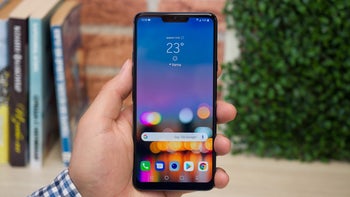
The G7 ThinQ was not a bad phone, but it was easily forgettable
Wait, but wasn't there something else already slated for that date? No, Google, Razer, and Samsung will need to share the spotlight the following week, while the Huawei Mate 20 and OnePlus 6T are expected out on the 16th and 17th respectively.
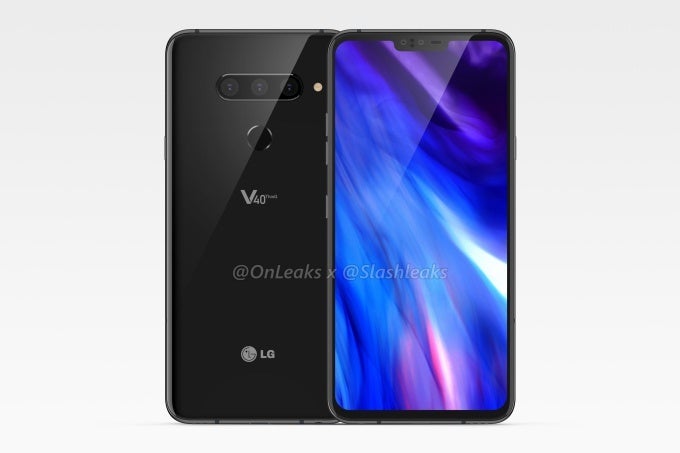
This is the V40 ThinQ, which is totally different from the V35 ThinQ
That’s obviously not the case, but the V40 ThinQ does follow in the footsteps of the V30S ThinQ, G7 ThinQ, and V35 ThinQ. Not to mention last year’s V30 has aged quite gracefully, offering extremely good value for your money at a discounted price of $480 over on Amazon.
Follow the money
But even with LG Electronics resources merely shared between Home Entertainment, Mobile Communications, Vehicle Components, and Business-to-Business departments, the smartphone division was often treated as a secondary experiment.
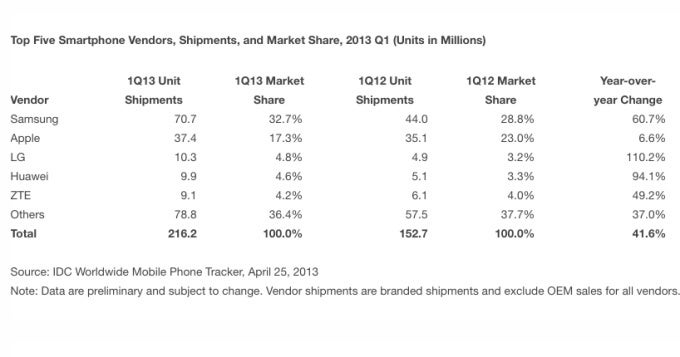
Incredibly enough, the business thrived even so, and at one point half a decade ago, LG was the world’s third-largest smartphone vendor, yielding a decent profit from its “Mobile Communications Company.”
But the Home Entertainment and Home Appliance “companies” generated more money, so naturally, LG Electronics kept its focus on growing those particular departments. Fast forward to Q2 2018, and overall profits are at “all-time record highs” thanks to TVs, washing machines, and refrigerators. Meanwhile, LG smartphones have been in the red for a mind-boggling four years now, with sales numbers on a steep downward trajectory as well.
It’s decision time
What’s the big difference between Samsung and LG? When it comes to smartphones, probably timing. And courage. Not necessarily the courage to release original designs, mind you. In a way, 2016’s LG G5 was a bigger risk than, say, 2011’s Galaxy Note, completely reimagining the look of the company’s main flagship handset.
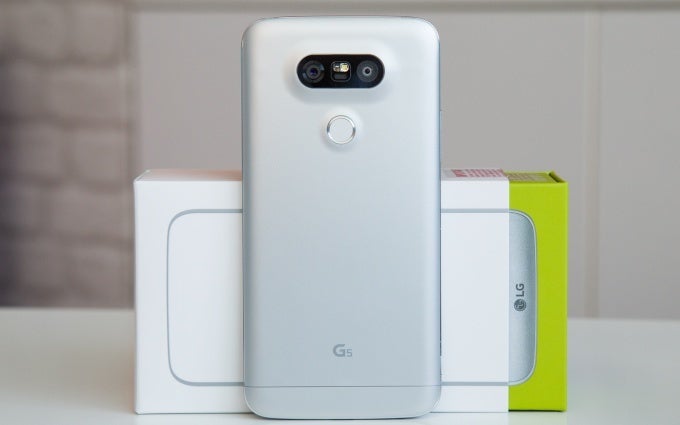
Remember when modular phones were a thing? Neither does LG.
The modular G5 flopped spectacularly, leaving LG in a very vulnerable position as the V series wasn’t considered a mainstream product family yet. In fact, the experimental G5 came just months after a curious V10 with a Second Screen gimmick, dual selfie cameras way ahead of their time, and a build quality that could only be described as a mixed bag.
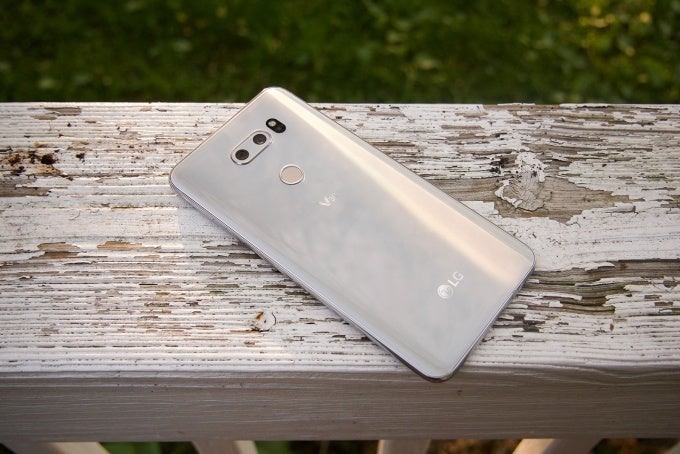
The V30 deserved a lot more attention than it actually received
It’s pretty clear now that the G7 ThinQ should have been canceled, as LG originally intended. The V30 had amazing potential, but astoundingly bad marketing and sub-par distribution harmed its mass appeal beyond repair. Now the V40 ThinQ is coming to (lightly) upgrade the V35 ThinQ, and the market is simply too crowded for LG to stand out.
Once again, it’s time for some tough decisions, and once again, it looks like LG doesn’t know exactly what it wants from the mobile industry.
All is not lost
That’s an overcrowded, stagnant market right now, but a number of companies are hoping 5G breakthroughs can bring back growth. LG is decently positioned to capitalize on the next cellular revolution, and even if that doesn’t happen, having a decent share of the massive US market is a great way to start a comeback.
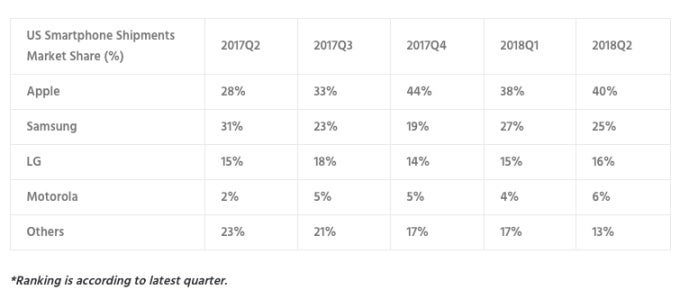
Counterpoint Research
The next step would be to stop throwing everything at the wall, because very little is sticking. Notch, no notch, LCD, OLED, AI gimmicks, overpriced mid-rangers, confusing branding... just stop for a minute and “thinQ” what matters most to customers, LG.
Maybe a good idea would be to start over with a new, streamlined, easier to understand product portfolio. No more ThinQ branding (how are you even supposed to pronounce that?), no more different names for the same device, no more going back and forth for mid-range monikers, and let’s cut down on the unnecessary experiments while we’re at it.
Software support has also been pretty terrible lately, although LG’s enrollment in Google’s Android One program is certainly an encouraging sign of what’s to come.
The mid-range Q series has to stay, those affordable pen-wielding phones are pretty sweet, but a smarter price strategy and more aggressive advertising are needed to exploit their full potential. In the short run, that may lead to bigger financial losses, but for the long term, it’s probably a risk worth taking.
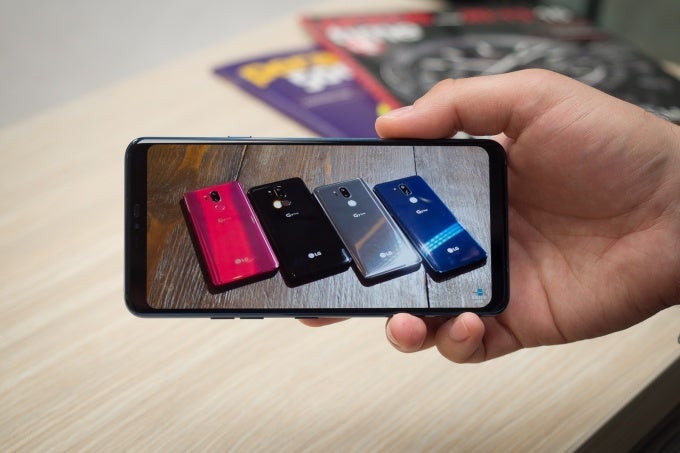
There's no need for a G7 ThinQ sequel
Last but certainly not least, something radical needs to happen with the high-end G and V families. They simply cannot coexist right now, so perhaps a break from flagship releases should follow the V40 ThinQ.
If recent rumors are to be trusted, this is going to bring everything from a triple rear-facing camera setup to a whopping 8GB RAM to the table, which means an upgrade will only be warranted when 5G becomes a commercial reality.
If LG has learned anything from past mistakes, there will be no G8 ThinQ.








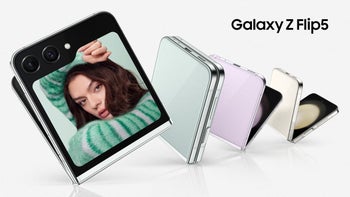

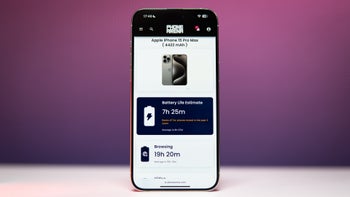
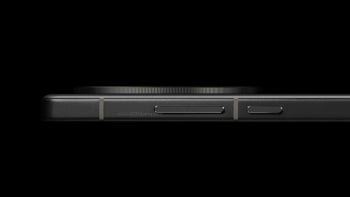
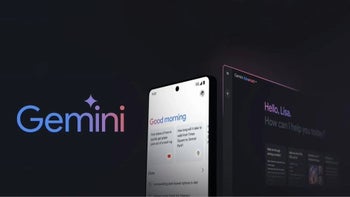
Things that are NOT allowed: